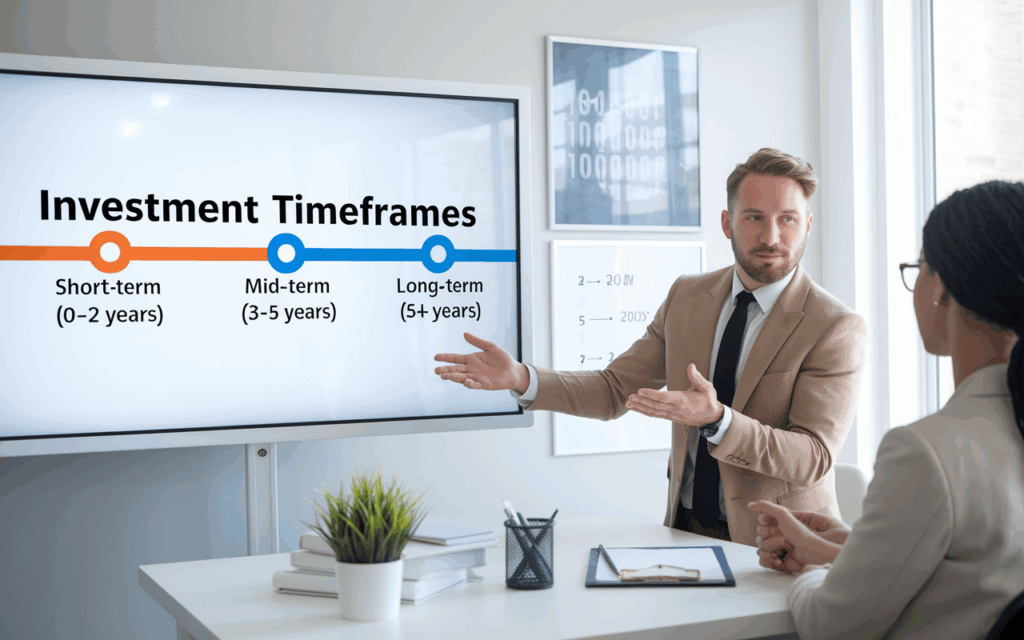Why August Is the Perfect Time to Review Your Real Estate Strategy

Investing in real estate with Goodin Development is not only a commitment to generating financial returns—it’s a commitment to fostering sustainable, community-centered development. If you’re exploring partnership opportunities with us, you likely have questions about what kind of returns you can expect and how long your capital will be at work. This guide offers a comprehensive overview of typical return expectations and investment timeframes associated with our projects.
Return on Investment (ROI) is a critical factor in evaluating any real estate opportunity. At Goodin Development, our approach balances financial performance with social and community impact. While we strive for competitive returns, our strategy is designed for those who value long-term, stable growth over speculative, high-risk profits.
Typical ROI projections vary based on the project type and stage of development, but our investors generally see:
These returns are competitive within the real estate sector, especially for projects that prioritize affordability, sustainability, and long-term value. Each opportunity comes with a detailed pro forma and investor packet so you can review specific financial projections before committing.
Our projected returns are the result of comprehensive underwriting and careful project selection. Several factors play into ROI outcomes, including:
We aim to maximize returns without sacrificing our mission. That means identifying opportunities where community enrichment and investor profitability can co-exist meaningfully.

Investing with Goodin Development is best suited for those with a long-term view. Our projects are structured to provide both interim updates and final payouts within clearly defined timeframes. While each project is different, the majority of our investments follow a lifecycle between 3 and 7 years.
Here’s a general breakdown of the stages:
We provide projected timelines during the investment offering process and continuously update investors as milestones are reached or adjusted. Communication is ongoing and detailed, giving you full visibility throughout the life of your investment.
Investor returns come from two main sources: cash flow during the hold period and capital appreciation at exit. While some projects provide quarterly or annual distributions during stabilization, others focus on maximizing total returns at the end of the investment term.
Our team clearly communicates which model applies to each offering, helping you align the opportunity with your income or long-term growth goals.
As a partner in one of our development entities, you’ll receive a K-1 statement annually, outlining your share of income, deductions, and credits. Real estate offers several tax advantages, including depreciation and cost segregation benefits, which can reduce your taxable income from the investment.
While we don’t provide direct tax advice, we work closely with our CPA partners to ensure timely, accurate reporting. Many of our investors appreciate the combination of cash flow and tax efficiency that real estate can offer.
In addition to financial returns, investors with Goodin Development see what we call “Impact ROI.” This refers to the measurable community benefits created through each project, including:
These outcomes are not just feel-good metrics—they’re indicators of long-term value creation in the communities we serve. Each project includes an impact framework that we report on alongside financial performance.
We believe that informed investors are empowered investors. That’s why we provide:
From the initial discovery call to final project exit, we’re here to answer your questions and provide honest, accurate information every step of the way.
Understanding ROI and timeframes is essential to making confident investment decisions. At Goodin Development, we’re committed to delivering consistent, mission-aligned returns while transforming communities for the better.
If you’re ready to explore current opportunities or want a deeper conversation about our investment model, we’d love to hear from you.
Contact us today to start a conversation with our team.
This site is protected by reCAPTCHA and the Google Privacy Policy and Terms of Service apply.
Web design by Webisserie
No Offer of Securities—Disclosure of Interests. Under no circumstances should any material on this site be used or be considered as an offer to sell or as a solicitation of any offer to buy an interest in any investment. Any such offer or solicitation will be made only by means of the confidential private offering memorandum relating to the particular investment. Access to information about the investments are limited to investors who either qualify as accredited investors within the meaning of the Securities Act of 1933, as amended, or those investors who generally are sophisticated in financial matters, such that they are capable of evaluating the merits and risks of prospective investments. Past performance is not indicative of future results. All investments have risk and we strongly recommend you seek professional guidance before making any investment.